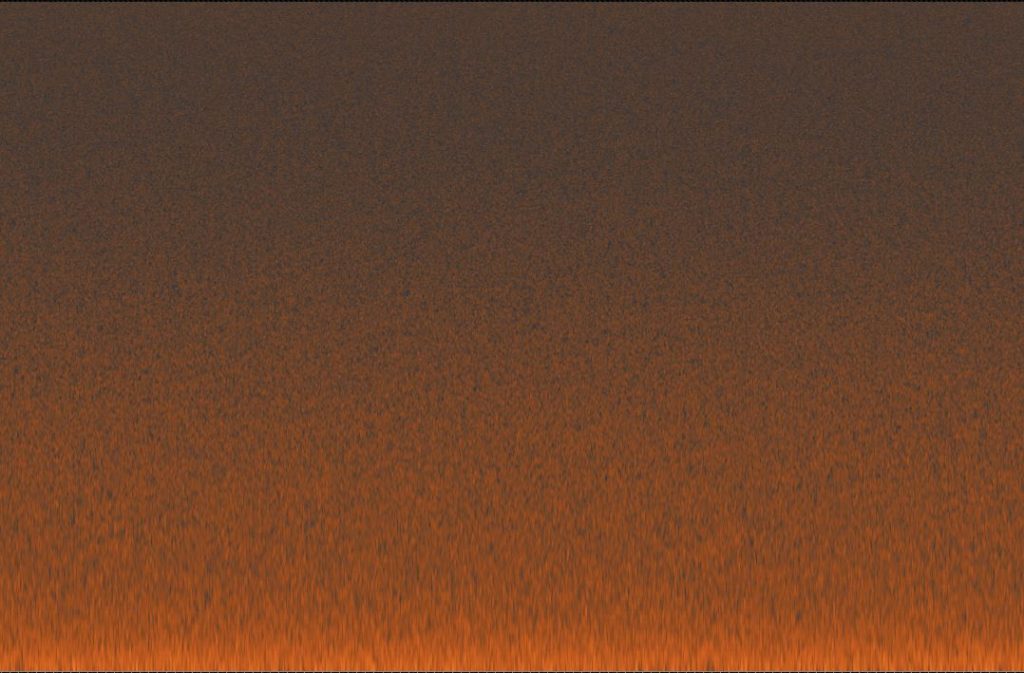
Is it really August already?! Time to roll out our next featured topic then!
When most people talk about “noise,” they’re referring to something that is distracting or detrimental, an interference if you will, to their ability to focus on something. We have that in audio; however, that’s only one definition of noise. in our world. We also have laboratory style noise…in the form of Pink and White. These forms of “noise” become a design tool…especially if you’re working in the world of subtractive synthesis.
This month, we’re going to pay attention to both varieties of noise: the distractions (and they’re not always of a sonic nature, mind you), and the putty that can become a design tool.
As always, we are open to…and encourage…guest contributions from the community. If you have something you’d like to share with your peers, please contact shaun [at] designingsound [dot] org. We’re working on something a little different for next month…and hope it will be a pleasant surprise.
Can’t wait to read more on this topic! One of my favorite, most abstract techniques is to use tools like RX2 Advanced denoise and whenever I’m trying to clean up sound clips from film/video I save the noise output to my private library for sampling, chopping, mangling, feeding into Alchemy or Iris later on and trying to find musicality out of it.
My most typical denoising occurs in my small project studio so the typical background noise of computer fans after a few, but the interesting ones occur on-location during some of my film productions, the latest being out in Jamestown/Railtown with some nice wind, tree, and chainsaw ambience creeping up into the dialog tracks. Saving out the noise output from the denoise plugins on these clips has led to some really interesting atmospheric and atonal clips that can be anything from percussive to sustained drones which sound really unique in the backdrop to a particular music track i’m playing around with.
A certain famous composer often derisively refers to any sound in a film that isn’t “music” or “dialog” as “noise.” Noise as he defines it is “the undesirable.” But isn’t it interesting that the elements of a musical performance which are hardest to simulate electronically, synthetically, are essentially… noise…. the first few miliseconds of attack when a bow touches a string, the instant when air begins to move abruptly over an organ pipe, etc. Ictus and chiff. The border between these uncorrelated “noises” and what follows and precedes them is mysterious and fascinating territory to me. I think trying to understand them, and certainly playing with them, is a big part of sound design.
Thank you Randy that is a great insight, and is really something interesting to experiment and find out more about it, count me in ….
What is the context of that quote, Randy? Seems a rather outrageous claim–I believe you’d be hard pressed to find many other composers (or anyone, really) who’d agree. Does he mean required sound design (footsteps and doors) for a film should be considered music or is he against diagetic sound design altogether?
The line where music and all other sounds–noise included–is fuzzy at best. It’s all made from the same stuff, after all. As a macrocosm of your point, personally I love when a composition can transform into noise or vice versa.